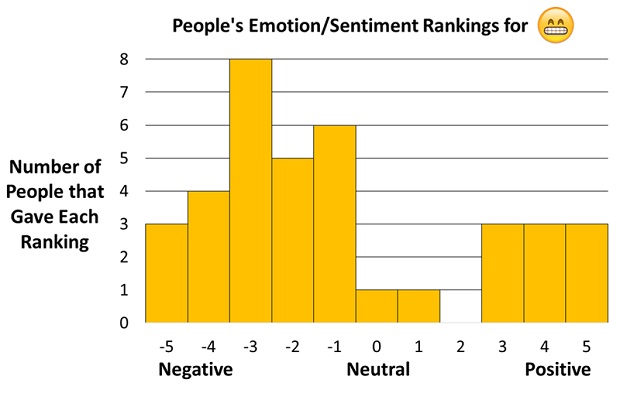When is a smile not a smile? The different ways that phones display emojis is leading to some embarrassing mix-ups, according to new research.
The study, from the University of Minnesota’s GroupLens Lab, indicates that people have very different interpretations of the same emoji, especially when they show up differently on different phones.
The issue is that Unicode, the computer industry standard for characters and text, now recognises more than 1,000 different emoji. It provides a code and description of each emoji, but not an actual picture.

This means the pictures can be interpreted differently by each developer – and the people who use them to communicate.
On average, respondents thought the Apple version of the “grinning face with smiling eyes” emoji meant something bad, but the version from Google and others meant something good.
The study looked at 22 different emoji and how they appear on Apple, Google, Microsoft, LG and Samsung smartphones.

This means that a happy message could accidentally come across as sarcastic, and vice versa (as shown in the example below:

Overall, the research found that if you send an emoji across platform boundaries (e.g., an iPhone to a Nexus), the sender and the receiver will differ by about 2.04 points on average on our -5 to 5 sentiment scale.
However, even within platforms, the average difference is 1.88 points.


